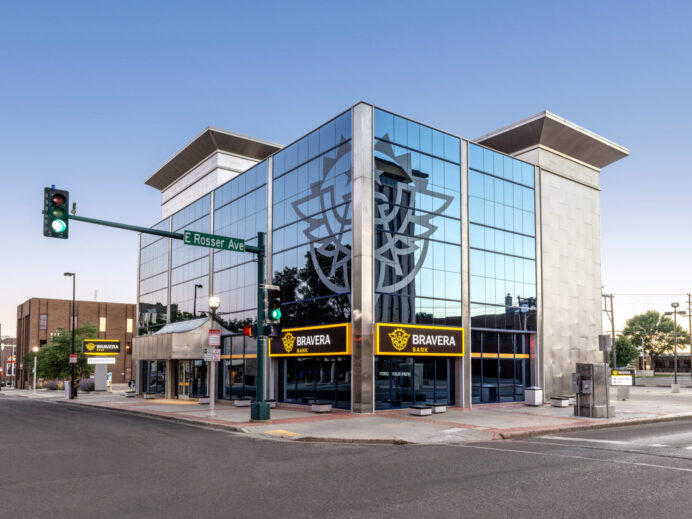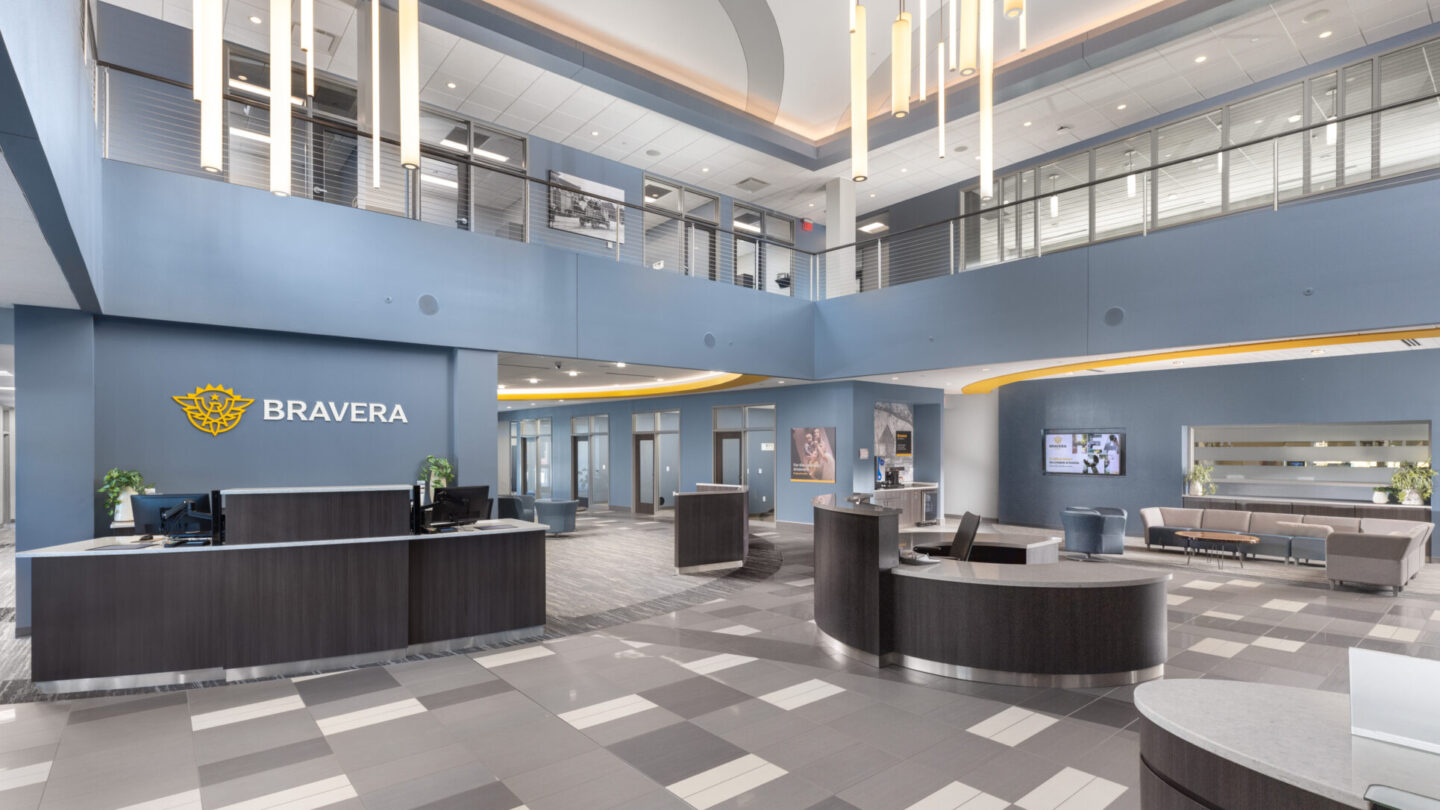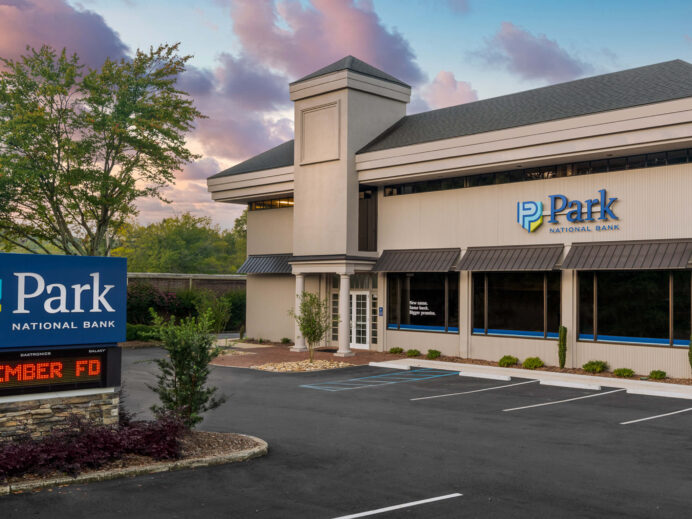While consumers continue to choose the branch for essential banking functions, financial institutions have shifted their perspective on the role of the branch, not only ending a decades-long trend of closures, but opening new locations across the country. Given that satisfied consumers interact with their bank every three days, the branch is central to delivering good banking experiences for customers and growth opportunity for banks. As outlined in the Financial Brand article about the shift toward consultation, banks are “revising their assumptions about what happens in branches, especially banker-customer interactions.”
When a customer enters a branch, they’re doing so with a particular mission in mind. They’ve bypassed other quick and convenient channels – like digital banking or ITMs – so their need is, more often than not, human focused. They’re looking for support, consultation or advice, but branches may not be primed for this personalized purpose. In fact, the design of the branch sometimes lends itself to an “order-taker” mentality that focuses more on processes and transactions than people. As pointed out in the Financial Brand article, banks should reimagine staff roles to “reduce the time counting the dead presidents and increase the time talking to live customers.”
Human-Centered Purpose
As staff members become less tied to workstations, the banking experience becomes more aligned with customer expectations. Interestingly, banking has been at the center of two simultaneous trends over the past five years – the use of alternate channels for transactions and a renewed focus on personal relationships. Customers are hyper-aware of their bank’s investments in self-service options, so they demand a heightened level of service should they choose to walk into a branch. Given these dual demands, Adrenaline’s view of the purpose of the branch network is focused on four human-centered pillars.
- Advice and Financial Expertise – Banking has always been a relationship business and that’s still true in the key moments that matter.
- Human Safety Net – When things go wrong or when there is uncertainty, people want to know a person is working on a solution.
- The Front Door – Branches are the physical manifestation of the brand, serving as a brand beacon in communities and a primary consideration for choice.
- Cash Services – While there is a shift toward payment systems for consumers, many small businesses (a major source of revenue for retail banks) still rely on cash.
While modern demands have fast-tracked alternative banking channels, 47% of customers say the ability of a bank to serve all of their needs is an essential attribute, according to Curinos. That means access to quick channels is important, but access to a human is even more influential. And make no mistake, customers are tuned in to how well their bank or credit union supports bankers at the branch. If the customer perceives that a banker isn’t equipped to handle it all, efficiently, that’s a black mark on the brand. The bottom line is that the more a bank focuses on personalizing an experience, the deeper, more enduring the banking relationship becomes.
Delivering Personalized Experiences
Understandably, there is a lot of talk about profitability in banking. But banks don’t necessarily have to wide-ranging reach to be profitable. What they do need to do to be successful is to serve their communities from a proximity and personalization standpoint. For proximity, branch locations need to be within 15 minutes of people to be considered convenient and only as large as they need to be to serve customer needs. From a personalization standpoint, banks and credit unions should prioritize relationships, making the customer feel valued when they visit the branch and choose to have those important interactions face to face.
To do this, financial institutions must evolve the training, onboarding and coaching of these staff members to truly match the expectation of the customers when they make a trip to the physical location for advice from a trusted resource. The reason customers come into the branch can be categorized as “moments that matter” which span everything from Gen Z needing financial planning, Millennials coming in for a mortgage and Gen X getting their retirement savings in order. These moments are an opportunity to show the customer that the bank understands them, looks out for them, and tailors advice and service accordingly.
In the design of spaces, banks and credit unions should prioritize the branch environment for options and interactions to meet a lifetime of needs. This shifts the engagements from the passive selling of the past, to more proactive consultations now and in the future. The branch becomes a space for more collaborative experiences and connections with fewer barriers impeding progress. If we were to imagine the future of the branch in the context of relationship building (between individuals and the organization and the community) and creating “connection centers,” we would arrive at different tomorrow.
To learn more about branch optimization and network transformation for financial institutions, or to speak with one of Adrenaline’s experts, contact us today.
Adrenaline is an end-to-end brand experience company serving the financial industry. We move brands and businesses ahead by delivering on every aspect of their experience across digital and physical channels, from strategy through implementation. Our multi-disciplinary team works with leadership to advise on purpose, position, culture, and retail growth strategies. We create brands people love and engage audiences from employees to customers with story-led design and insights-driven marketing; and we design and build transformative brand experiences across branch networks, leading the construction and implementation of physical spaces that drive business advantage and make the brand experience real.





